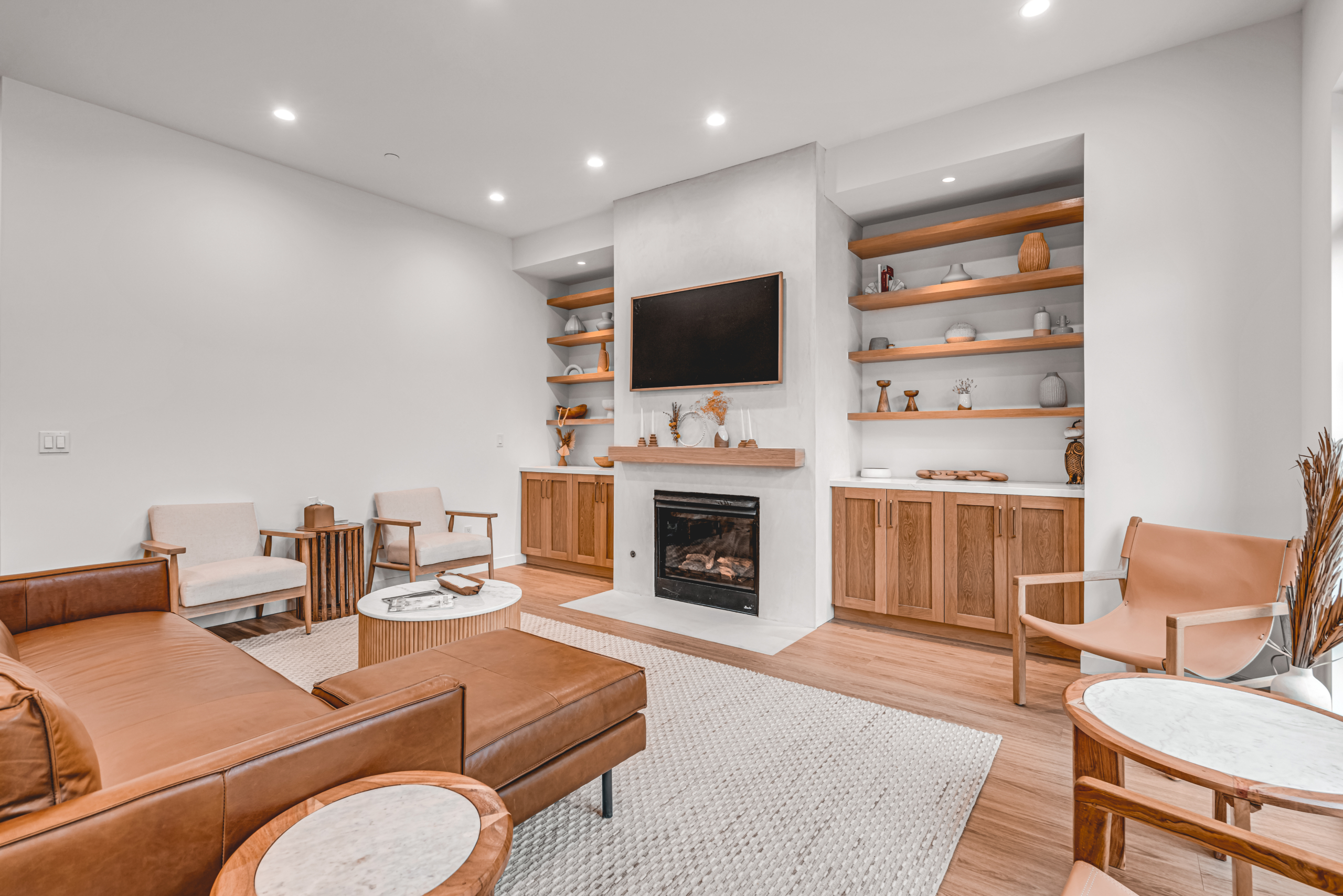When it comes to interior design, the ceiling is often an underestimated element. But did you know that the right lighting on your ceiling can completely transform the ambiance of your space? In this article, we’ll explore a variety of elegant lighting options for your ceiling.
Chandeliers: Timeless Elegance
Chandeliers have been a symbol of opulence and luxury for centuries, and statistics reveal that they remain a popular choice among homeowners. These elegant fixtures come in various styles, from crystal-adorned classics to sleek, modern designs.
Pros of Chandeliers:
- Ambiance: Chandeliers create a captivating focal point and set the tone for your entire room.
- Versatility: They work well in dining rooms, entryways, and even bedrooms.
- Resale Value: Homes with chandeliers tend to command higher resale prices.
Cons of Chandeliers:
- Maintenance: Cleaning intricate chandeliers can be a tedious task.
- Installation: They may require professional installation due to their weight and complexity.
- Cost: Chandeliers can be expensive, especially high-end designs.
2. Pendant Lights: Modern Sophistication
Pendant lights are a versatile and stylish option for ceiling lighting. According to market research, their popularity has been steadily increasing, especially in open-concept spaces. These fixtures come in various shapes, sizes, and materials.
Pros of Pendant Lights:
- Customization: Pendant lights offer a wide range of design possibilities to suit your aesthetic.
- Task Lighting: They provide focused illumination, making them perfect for kitchen islands and dining areas.
- Space-Saving: Pendants don’t take up much space and can be clustered for a dramatic effect.
Cons of Pendant Lights:
- Height Requirements: Proper installation height is crucial to avoid glare or inadequate lighting.
- Limited Ambient Lighting: They may not provide sufficient ambient light on their own in larger rooms.
- Cord Management: Exposed cords can be a visual distraction if not properly managed.
3. Recessed Lighting: Minimalist Chic
Recessed lighting, also known as can lights or downlights, offers a clean and minimalist approach to ceiling illumination. Recent surveys indicate that they are increasingly favored for their versatility and unobtrusive design.
Pros of Recessed Lighting:
- Clean Aesthetic: Recessed lights blend seamlessly with any interior style.
- Space Enhancement: They make rooms appear larger and more open.
- Versatility: Can be used for general, task, or accent lighting.
Cons of Recessed Lighting:
- Installation Complexity: Requires careful planning and professional installation.
- Limited Decorative Value: Recessed lights are functional but don’t serve as decorative pieces.
- Potential Glare: Proper placement is essential to avoid glare or shadows.
4. LED Ceiling Panels: Futuristic Efficiency
LED ceiling panels represent the future of energy-efficient lighting. According to energy consumption data, LED technology is rapidly gaining ground due to its eco-friendliness and cost-effectiveness. LED ceiling panels are flat, thin fixtures that can be installed directly into the ceiling.
Pros of LED Ceiling Panels:
- Energy Efficiency: LED panels consume significantly less energy than traditional lighting options.
- Longevity: LEDs have a longer lifespan, reducing maintenance and replacement costs.
- Customization: They can emit various colors and levels of brightness to suit your needs.
Cons of LED Ceiling Panels:
- Initial Cost: LED panels may have a higher upfront cost compared to conventional lighting.
- Limited Decorative Appeal: They are more about functionality than style.
- Professional Installation: Installation may require electrical expertise.
In conclusion, choosing the right ceiling lighting option depends on your personal style, the purpose of the space, and your budget. Statistics reveal that homeowners are increasingly valuing the ambiance and energy efficiency provided by modern lighting solutions like LED panels.

